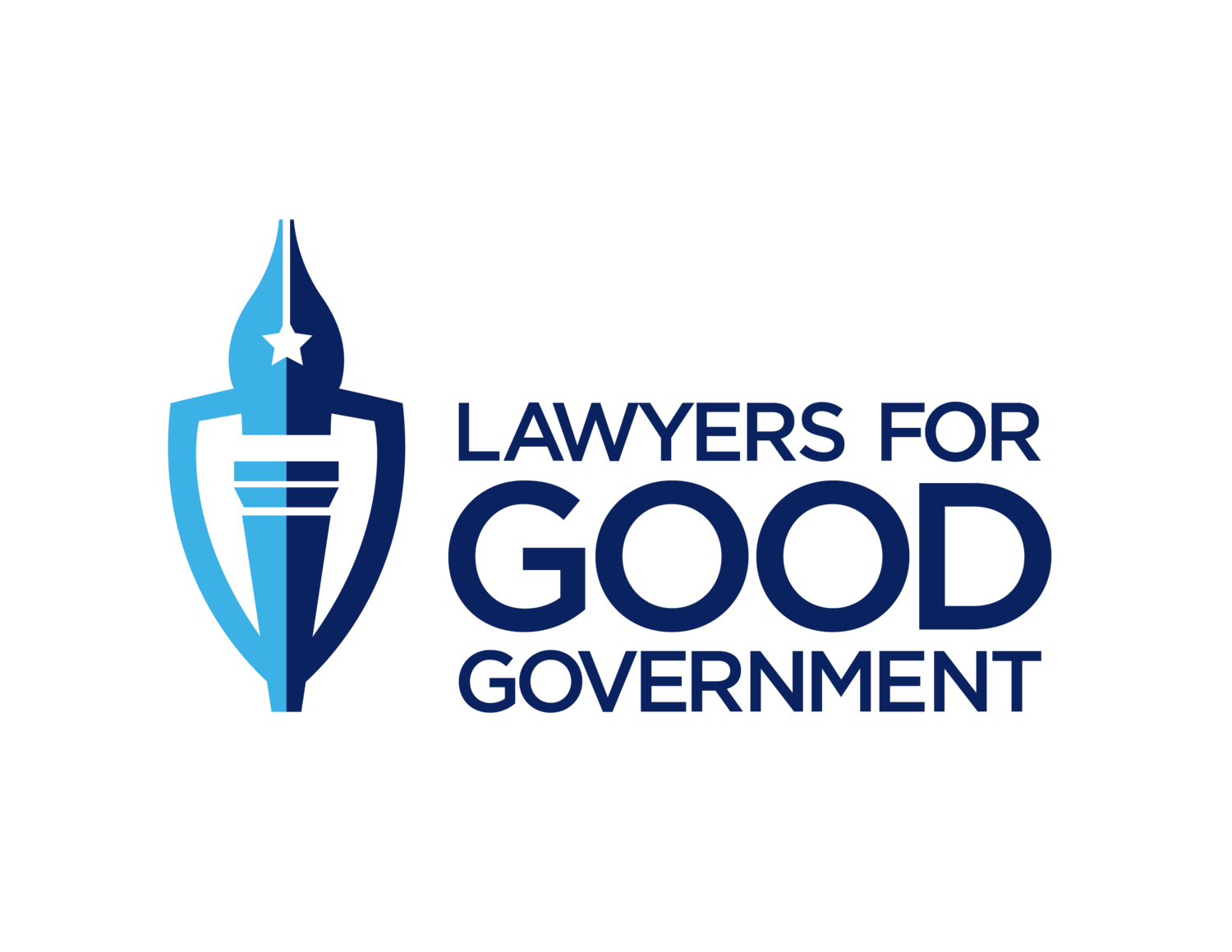Tool Helps Frontline Communities, State & Local Governments, Tribal Governments, NGOs with Tax, Legal and Financial Expertise in Setting Up, Recouping Funding for Clean Energy Projects
Today, Lawyers for Good Government, launched their Clean Energy Tax Navigator, a first-of-its-kind tool for under-resourced communities to access and leverage the Inflation Reduction Act's (IRA) $360-600 billion in tax credits for clean energy projects. The Navigator fills a massive gap in public knowledge around the funding available to tax-exempt organizations who do not have the capacity or resources to navigate complicated tax code on their own, ensuring the environmental and community benefits of the IRA are realized.
A one-stop-shop, the Navigator provides an easy to use framework and interactive form that walks through the process of determining eligibility for these tax credits, offering technical resources and, in certain cases, direct pro bono services to level the playing field for communities that cannot otherwise afford a tax advisor or legal counsel. This includes state governments, municipalities, frontline communities, tribal groups, school districts, territories, NGOs, nonprofits, religious institutions, and more.
VIEW A DEMO OF THE CLEAN ENERGY TAX NAVIGATOR HERE
It assists with entities at all phases of project development, from the concept phase, for those who do not yet understand the IRA and tax credits, to the filing stage, for projects that have already been completed, or are near completion. The Navigator provides guidance to entities based on their level of knowledge about the IRA on six available tax credits that include the most commonly seen clean energy projects: EV purchase, EV infrastructure, Wind, Solar, Geothermal, and other clean energy technologies under the investment and production tax credits.
“While clean energy tax credits have been around for decades for private industry, the incentives for tax-exempt entities have not. With months to catch up on how to leverage tax code to develop projects, tax exempt entities like cities, nonprofits, and school districts are struggling to take advantage of these powerful new incentives,” said Jillian Blanchard, L4GG’s Climate Change and Environmental Justice Program Director. “Our goal is to make the process more accessible to cities, states, and under-resourced communities who have access to this brand new source of funding for the first time by providing technical tax, financial and legal guidance as easily and efficiently as possible, driving the clean energy transition and making the IRA an indispensable law with staying power.”
In addition to the Navigator’s interactive form, the tool houses a collection of key self-help resources on direct pay, and connects eligible entities in need with direct access to pro bono attorneys with expertise in tax, project finance, and administrative law through office hours, and in some cases, 1:1 services.
Beyond leveraging this funding for new projects, it remains widely unknown that clean energy projects completed in 2023 can file to receive tax credits, but most must do so by November 15, 2024. The pre-registration process, alone, can take one to two months, but the Navigator can help ensure eligible entities file accurately and maximize the funding available to them.
L4GG is currently helping 60 cities from all income levels to file for tax credits for 2023 projects under an initiative called the Lighthouse Cohort, but a total of 135 cities have asked for help. With the Navigator, every city that needs help can use it to obtain free tax assistance and legal resources.

